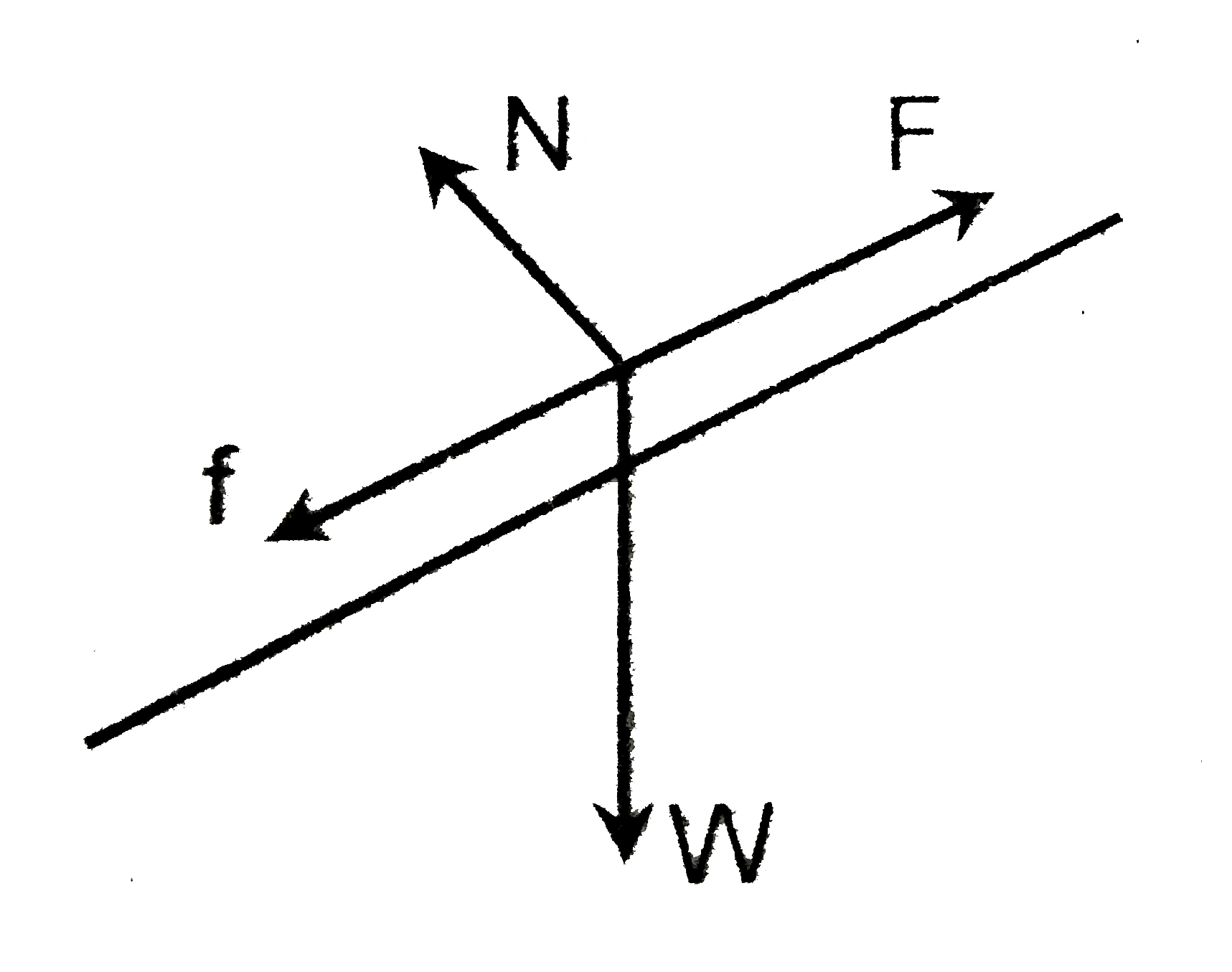A person throws an object on a horizontal frictionless plane surface. It is noticed that there are two forces acting on this object-(i) gravitational pull and (ii) normal reaction of the surface. According to the third law of motion, the net resultant force is zero. Which one of the following can be said for the motion of the object?
The object will move with acceleration
The object will move with deceleration.
The object will move with constant speed, but varying direction.
The object will move with constant velocity.
Step by step video solution for A person throws an object on a horizontal frictionless plane surface. It is noticed that there are two forces acting on this object-(i) gravitational pull and (ii) normal reaction of the surface. According to the third law of motion, the net resultant force is zero. Which one of the following can be said for the motion of the object? by General Knowledge experts to help you in doubts & scoring excellent marks in Class 14 exams.
Updated on:21/07/2023Similar Questions
Knowledge Check
Assertion: Action and reaction forces act on two different objects
Reason: Action and reaction have zero resultant.AIF both assertion and reason are true and reason is the correct explanation of assertionBIf both assertion and reason are true but reason is not the correct explanation of assertionCIf assertion is true but reason is falseDIf assertion is false but reason is trueTwo forces of magnitudes 3 N and 5 N act at the same point on an object. Which one of the following equations will satisfy the magnitude of the resultant force R in newtons?
A2≤R≤5B2≤R≤8C3≤R≤5D2≤R≤3An object moves to the East across a frictionless surface with constant speed. A person then applies a constant force to the North on the object. What is the resulting path that the object takes ?
AA straight line path partly Eastward, partly NorthwardBA straight line path totally to the NorthCA parabolic path opening toward the NorthDA parabolic path opening toward the East
Two objects are at rest on a level frictionless surface. The objects are not connected. A force F is applied to one of the objects, which then moves with acceleration a. Mark the correct statement(s).
View SolutionA 2.0 kg object moves in a straight line on a horizontal frictionless surface. The graph in the given figure shows the velocity of the object as a function of time. The various equal time intervals are labeled using Roman numerals: I, II, III, IV, and V.
The net force on the object always acts along the line of motion of the object.

In which section of the graph is the magnitude of the net force decreasing ?
View SolutionA 2.0 kg object moves in a straight line on a horizontal frictionless surface. The graph in the given figure shows the velocity of the object as a function of time. The various equal time intervals are labeled using Roman numerals: I, II, III, IV, and V.
The net force on the object always acts along the line of motion of the object.

Which section of the graph corresponds to the application of the largest constant net force ?
View SolutionA 2.0 kg object moves in a straight line on a horizontal frictionless surface. The graph in the given figure shows the velocity of the object as a function of time. The various equal time intervals are labeled using Roman numerals: I, II, III, IV, and V.
The net force on the object always acts along the line of motion of the object.

In which section(s) of the graph is the net force changing ?
View Solution
An object is being pushed at constant speed on an inclined plane. The free body diagram of the object is shown with the gravitational force represented by W, the friction force by f, the applied external push parallel to the incline by F, ad the normal force with surface by N. Which one of the following choices represents correct relationships between the forces?
View Solution
